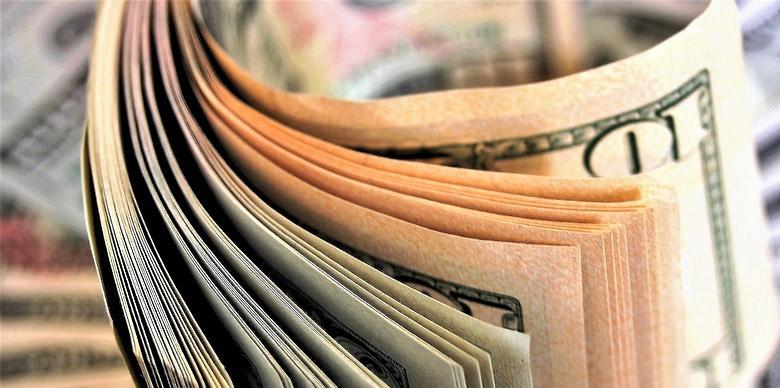A subprime loan is a type of loan offered to individuals who do not qualify for prime-rate loans. It is offered at a rate that’s higher than a prime loan. Often, it is offered to borrowers who have been turned down by financial institutions. The major reason for turning them away is bad credit in most cases. However, the lender might also find other reasons that indicate the possibility of defaulting on debt repayment.
How prime rate is decided
The banks can lend each other money for covering their urgent reserve requirements. For this, they charge an interest rate that’s based on the federal funds rate. This rate is established by the Federal Reserve Bank’s Federal Open Market Committee. Many banks choose to set their prime rates, as the Federal Reserve has no direct role in this regard.
The banks set the prime rates that are partly based on the target level of the federal funds rate. The prime rate has fluctuated greatly over the years. In the 1940s it was 2%, which is quite low. The 1980s saw this rate increase to more than 21%. The Federal Open Market Committee held a meeting on the 15th of March, 2020. In the meeting, the Federal Reserve reduced the target of federal funds rate to 0% to 0.25%.
This was a part of the Federal Reserve’s efforts to combat the economic impacts of the COVID-19 pandemic. As a result, the prime rate came to 3.2%. When determining the interest banks to be charged on the borrowers, the prime rate is applied by the banks.
The rates offered to borrowers
The corporations and other financial institutions receive rates that are either very close or equal to the prime rate. Rates that are slightly higher than the prime rate are offered to retail customers with strong credit histories. They are the ones who take out small business loans, mortgages, and car loans.
Rates that are significantly higher than the prime rate are offered to applicants with low credit scores. A loan given to an applicant with low credit scores is, therefore, called a subprime loan.
The amount of interest charged on a subprime loan is not the same everywhere. A borrower’s risk is evaluated by different lenders based on a variety of factors. This gives subprime borrowers the chance to save some money by approaching different lenders and comparing their rates.
Many borrowers also stumble into the subprime lending market by responding to the lenders’ advertisements. It happens mostly in cases where they’re given a better rate than the one offered previously. On long-term loans like mortgages, the additional percentage of interest would be a big thing for borrowers. It can result in extra interest payments of a significant sum over the life of the loan.
It would become difficult for low-income borrowers to pay off their loans. This is what happened during the late 2000s. A large number of borrowers began to default on their subprime mortgages in 2007. This led to a subprime crisis, which was a major contributor to the global economic slowdown.
Many of the banks abandoned their business of subprime lending in the following years. This is beginning to change in recent times.

